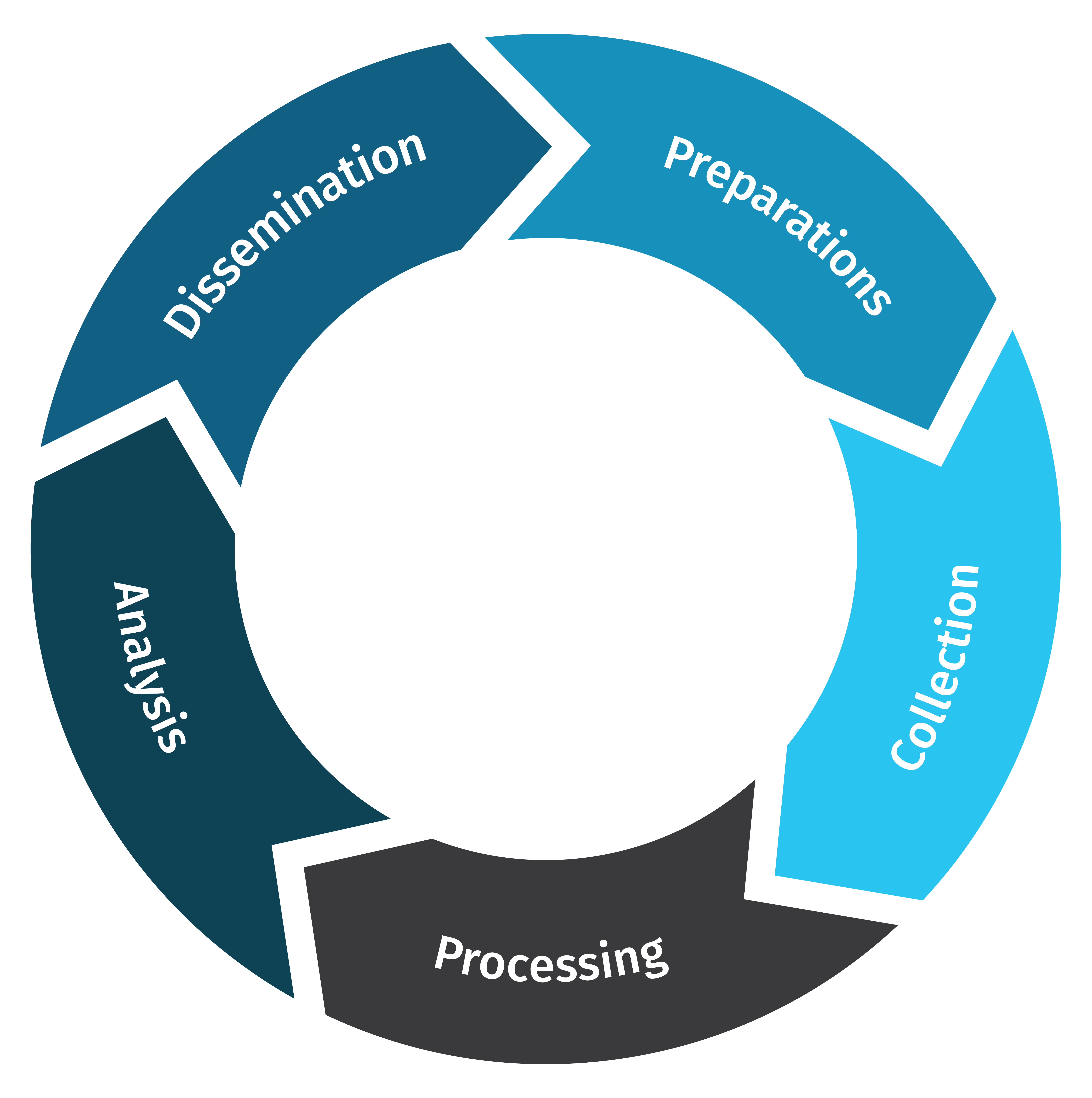What is OSINT?
Viltzu - May 25, 2024 -
Osint
Tags
Header image source: Hamze Dirvan
Last big term that I want to discuss before we get more practical stuff is: OSINT - Open-Source Intelligence
What is Open-Source Intelligence?
We are using OSINT in some form or another in our daily lives even if we do not realise it. According to SANS it can be defined as:
"Open-Source Intelligence (OSINT) is defined as intelligence produced by collecting, evaluating and analyzing publicly available information with the purpose of answering a specific intelligence question." [source]
Even that we do not have that formal structure of "collecting -phase", "evaluation -phase"... and so forth, we still are searching information from different (open)sources and we do some evaluation if this information is reliable and does it give the answer for whatever we were looking for. Sometimes we need to dig deeper into some topic and move around from links to other sites and combine bits of information gathered from other sites to get a full picture about the topic we are searching information for and you could say that we are doing some level of analysis in the process of this everyday internet searches.

Image: Intelligence Cycle - SANS
Information vs Intelligence
So, is OSINT just glorified Googling? Well, not exactly. OSINT is a form of intelligence and that means that OSINT process involves some other things besides looking information via search engine, like Google.
Once again, SANS has a great definition about this saying: "It's important to note that information does not equal intelligence. Without giving meaning to the data we collect, open-source findings are considered raw data. It is only once this information is looked at from a critical thinking mindset and analyzed that it becomes intelligence." [source]
You could say that internet is full of all kinds of information but to make some informed decisions based on it, you need intelligence. In the simplest form, it means you have gathered information and filtered and enriched it, so it becomes useful.
What are different “open-sources" used in OSINT?
In OSINT you can use basically use any publicly available information to gather insights and inform decisions, such as:
- Media: Newspapers, television, radio, and online news sources.
- Internet: Websites, social media platforms, blogs, forums, and publicly available databases.
- Public Government Data: Official reports, public records, press releases, and statements from government entities.
- Academic Publications: Research papers, journals, and conference proceedings.
- Commercial Data: Market reports, business directories, and financial filings.
- Geospatial Information: Maps, satellite imagery, and geolocation data.
It is good to remind ourselves that OSINT is more than information found via internet, even that OSINT guides often focus on information found on the internet. Reason why internet is such a big focus in OSINT is simply because the vast amount of information found from the internet and how internet is increasingly used in many different sectors of real life. Searching internet is also a cost-effective and non-intrusive method of gathering intelligence. However, the vast amount of data requires sophisticated tools and analytical techniques to filter relevant information, assess its accuracy, and derive actionable insights.
And now I believe we have an accomplished defining the core terms for upcoming blog articles and we have some ground theory of all these elements.
If believe there is something important that I missed, I would be happy to hear your thoughts about defining OSINT in the comments bellow.
Cheers!
Back

Viltzu
OSINT and Cybersecurity enthusiast with thirst for learning more.
|
|
|